MustangMike
Mastermind Approved!
- Local time
- 11:47 PM
- User ID
- 338
- Joined
- Dec 30, 2015
- Messages
- 11,539
- Reaction score
- 36,413
- Location
- Brewster, NY
Probably not as much as you think, as I don't think the piston will ever fully open it.
I think it depends.... in some saws it probably matters, but who knows how much? Food for thought, think about an open transfer cylinder... I would venture to guess that a person could get undesirable results from raising a transfer too much and not taking care to make sure the roof doesn't angle upward too much.Does the size of the upper transfers matter, top to bottom? If I raise the upper transfers a lot and I end up with this huge hole, will it affect the way the saw runs?
I didn't think about that.Probably not as much as you think, as I don't think the piston will ever fully open it.
It seems the the open transfer saws don't run as good as the closed ones.I think it depends.... in some saws it probably matters, but who knows how much? Food for thought, think about an open transfer cylinder... I would venture to guess that a person could get undesirable results from raising a transfer too much and not taking care to make sure the roof doesn't angle upward too much.
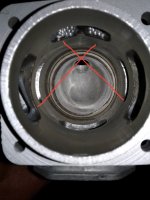
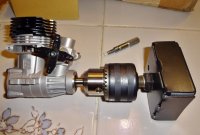
200t is open port I believe. Lots of top RPM. 2139t is closed port and has more torque. I think timing matters more. Port style has an effect on efficiency of flow, but isn’t the full answer. Builders can get good results from large transfers and small, depends on the reset of the build.
I think open transfer generally has better low end, while closed generally has better top end.
However, some of my strongest running saws have bridge ports, which is a step toward open transfers.
Probably depends on the saw, and what other stuff has been done.
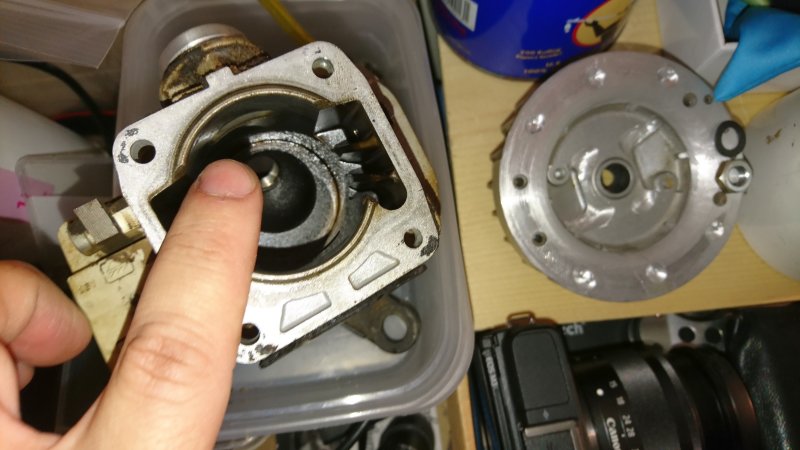
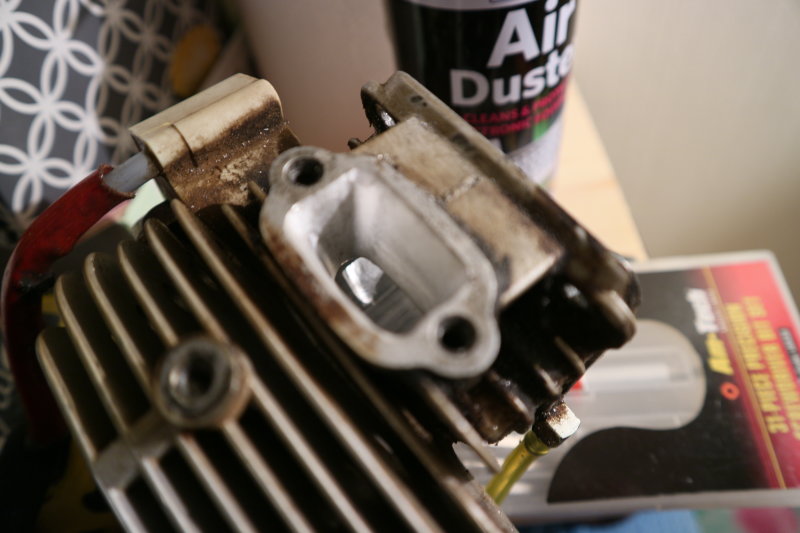
What were the numbers on that cylinder with the eyebrow's @00wyk
it looks very similar to a 200t or the 018, I guess cos it’s got open transfers
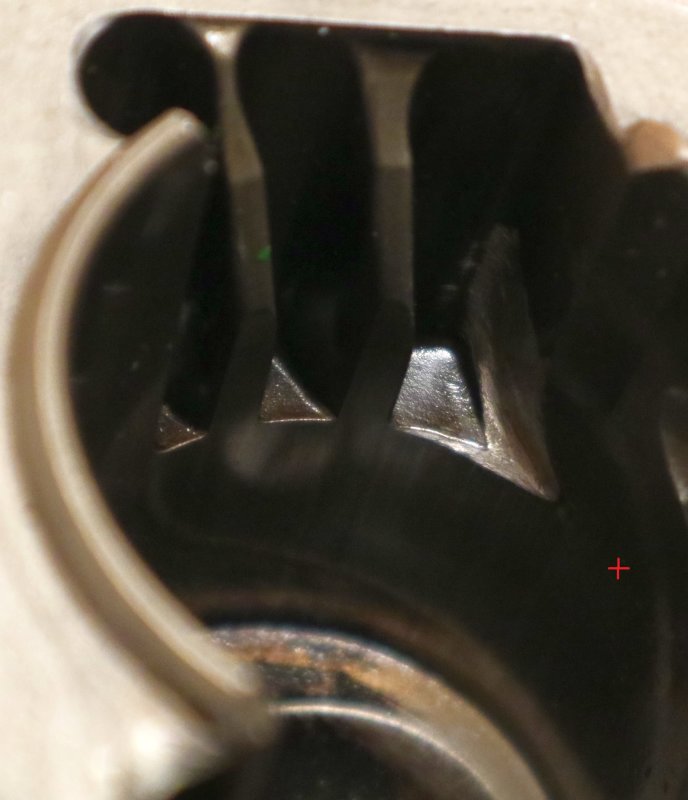
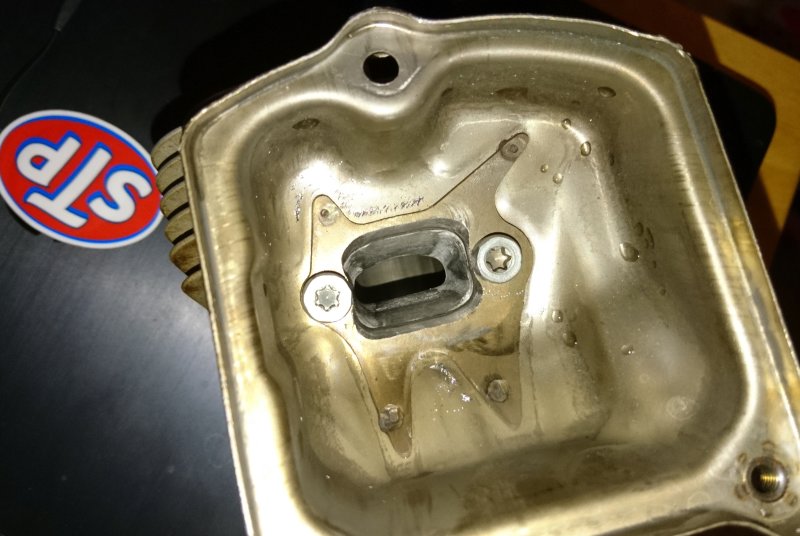
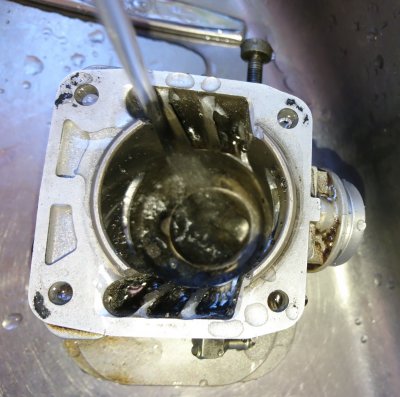
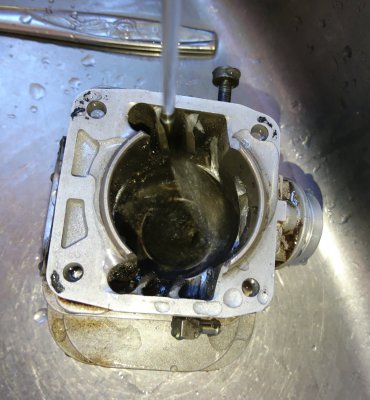
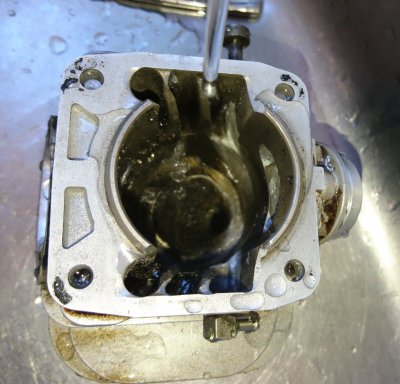
"Longer blow downs would seem to blow some unused fuel out the exhaust port .If it were an over bored and stroked 454 Chevy I'd be concerned about but not on a chainsaw engine ."Good subject with a lot of opinions .In my way of thinking the transfers can assume to be like HVAC ducting .Quads would seem to distribute the mixture more evenly .Possibly help sweep the area above the intake port better . McCulloch on old reeders as well as some Homelites used three port per side transfers .Some models of kart engines had two extra ports above the intake .
Blow down,the faster it goes the longer it takes open which is why I like a long blow down,some don't though .
My way,right or wrong is using a raised dome piston which doesn't do a bloody thing for compression but is to help sweep the chamber of spent exhaust gasses above the intake combined with sweep upper transfers as opposed finger ports .Those I always worried about snagging a ring .
Sectioned transfers quad or like the open type on a Stihl 200T do not have a great rush hitting the end of the tunnel because they are sectioned .At the end remember it has to change direction by about 90 degrees .The normal Stihl design is one large tunnel .Which although they work well IMO not as good as the Husqvarna design or the 200T for that matter .
It's all a matter of opinion ,what works--works .
Longer blow downs would seem to blow some unused fuel out the exhaust port .If it were an over bored and stroked 454 Chevy I'd be concerned about but not on a chainsaw engine .
I think he misspoke. The opposite would be true."Longer blow downs would seem to blow some unused fuel out the exhaust port .If it were an over bored and stroked 454 Chevy I'd be concerned about but not on a chainsaw engine ."
Care to expound?
Maybe I already understand what you are saying about blowing out unburnt charge out the exhaust port. I'll go through it as it is in my head:
In a 4 stroke engine Suck, Squeeze, Bam, Blow are all discrete (don't have a better word than "they all happen separately"). In 2 stroke engines, they all "shake hands with each other." (It's a wonder the damned things run at all).
In a 2 stroke, the exhaust gasses trapped in the muffler act as a "valve" to keep the charge in the combustion chamber until the exhaust port closes.
Are you saying you think that charge will escape because of the longer time it takes to close the exhaust port, and therefore the exhaust gas has left the muffler allowing charge to enter the muffler?
I could maybe see excessive blowdown causing a short circuit to the scavenge loop. Especially with an open muffler and wide exhaust. Can’t say I’ve ever seen it though.
How much does the flow rate out the exhaust change related to transfers opening?
But yeah, SHORT blowdown could overfill the chamber if the transfer duration is long. I don’t see a performance problem there, just fuel economy. I’ve always tried to fill the chamber with 100% fresh charge. I’d rather some fresh fuel go out the can than have spent exhaust remain in the chamber.






